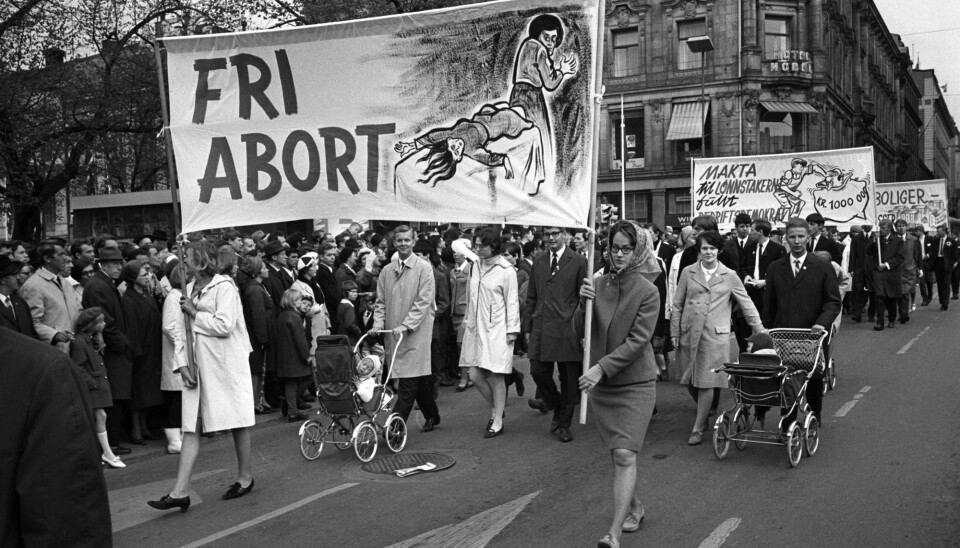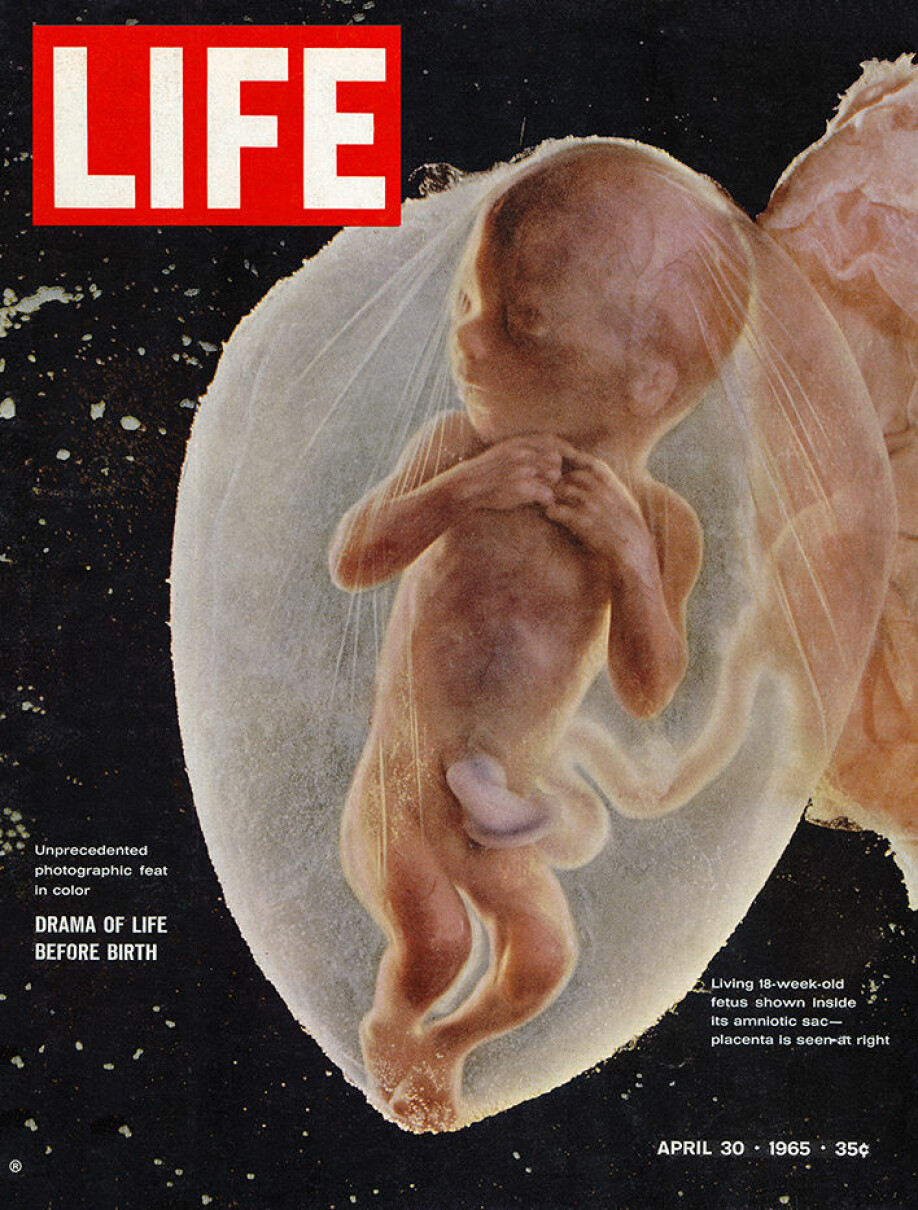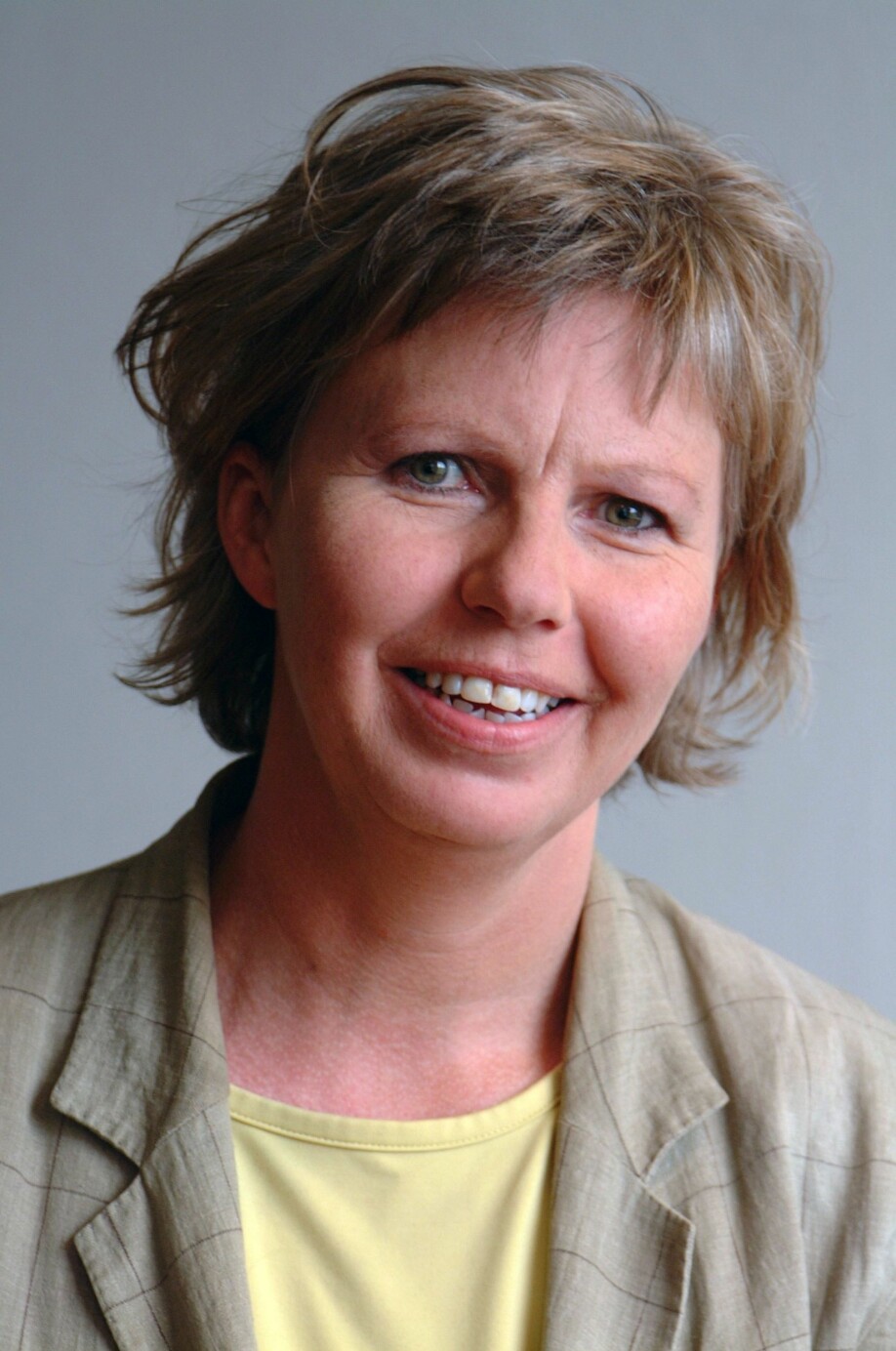
The abortion debate hasn't always been focused on the fetus' right to life
Throughout history, opponents and proponents have used many arguments for and against abortion.
Lately, the discussion here in Norway has been about when a fetus has the right to life.
Is it at 12 weeks pregnant? Or not until week 18? Or maybe 22?
But the protection of the fetus – that is, the consideration of the fetus' right to life – was not an argument that emerged to any great extent until the 1960s, says Professor Kari Tove Elvbakken at the University of Bergen.
Sexual morality
In Norway, the arguments against abortion at the beginning of the 20th century were different than today.
Admittedly, many people viewed abortion as fetal homicide. But the debates were also about sexual morality.
One of the counter-arguments was that allowing contraception and abortion would likely encourage sexual intercourse, including extramarital sex.
“This was a sexual policy discussion related to birth control and abortion,” says Elvbakken, whose book on the political history of the abortion issue is being published this week.

Women's health and illegal abortions
Life and health have long been an important topic for those who wanted to make abortion possible.
Even though abortion was banned in Norway in 1902, some abortions were still exempt from the law, usually if the pregnant woman’s life and health were at risk.
Illegal abortions also posed a major health problem throughout Europe, especially in the 1920s and 30s. Abortions led to major injuries and relatively often put the woman's life in danger.
The legalization of abortion in Russia after the Russian revolution in 1917 became an experiment followed by all of Europe, according to Elvbakken.
The change in law had an interesting consequence: fewer women died from abortions.
Anti abortion to "preserve the Nordic race"
In the 1930s, the abortion debate was marked by the political currents in Europe.
At that time, some of the abortion debate was about population control.
Some people were worried that Norwegian women weren’t having enough children and that the Nordic race would die out, according to Elvbakken.
Abortion – in addition to contraception and birth control – was seen as one of the causes of declining birth rates. This discussion that has been repeated over and over again,” says Elvbakken.
Fetal protection argument followed
In the 1960s and 1970s, the discussion began to change.
A photograph of a fetus inside the mother's womb was published on the cover of Life magazine in 1965. It was titled "The Astronaut".
The photo was taken by Swedish photographer Lennart Nilsson. He was one of the first to use an endoscope, which is a long snake with a camera on its tip, to take pictures of fetuses inside the uterus.

These pictures were also published in Nilsson’s book A Child is Born the same year.
According to Swedish researchers, the images became very important for the abortion debate in the years that followed.
“People who’ve analysed these debates claim that some of the abortion debate was changed by the way Lennart Nilsson showed the fetus,” says Elvebakken.
His pictures are still used by abortion opponents around the world.
American congregations
The arguments about fetal protection in Norway were characterized by what happened elsewhere in the world.
Another example of abortion resistance arose among conservative Christians in the United States, especially in evangelical and Pentecostal churches.
The idea that the life of the fetus is sacred from the moment of conception appeared quite abruptly in these congregations in the 1970s, says Anne Stensvold, a professor of religious studies at the University of Oslo.
“In the 1960s, these groups agreed that abortion before the second trimester was okay. Not desirable, but acceptable in certain circumstances,” she says.
Christians were more concerned with the struggle to keep school prayer in public schools. They lost that battle.
But then self-determined abortion became a battleground for the women's movement in the United States. Abortion became legal in 1973.
Christian conservatives regarded the women's movement as a threat to society, and especially to marriage, which they regarded as sacred.
Abortion resistance became a symbolic issue through a rather random connection of various issues, according to Stensvold.
Turned against Catholicism
When the American congregations changed their view of abortion, they could lean on what the Catholic Church believed. That was that human life starts when the sperm hits the egg - by conception, in other words.
That attitude thus held that abortion should be illegal in all circumstances.
But even the Catholic Church's view of the matter is relatively new, according to Stensvold, who has written a book on the history of pregnancy in Christianity.
“The first time conception enters the Catholic doctrine is in 1917,” she says.
Before this idea came into play, another doctrine dominated among Catholics, Protestants, Jews and Muslims.
Week 12 has long historical roots
Norway’s current limit for self-determined abortion is 12 weeks and may have roots back to the ancient Greeks – and Aristotle specifically. He believed that a fetus was not human until it resembled a human being.
“The preconception in the abortion debate today is that people believe Christian teaching has always said that human life begins at conception,” says Stensvold.

But this is not true, according to the professor.
“Yes, the sprouting of a life begins – that’s what Christians have always thought. But what’s important in the Christian theological context is the question of when God made this being a human being,” she says
That would be when the fetus gains a soul. Aristotle believed that this happened after the first trimester, or week 12.
Abortions should happen early in pregnancy
Although self-determined abortion in Norway is only allowed until week 12, it is still possible to perform abortions until week 22.
In such cases, the decision must be made by a board rather than by the pregnant woman, which has been hotly debated in recent weeks.
In Norwegian debates, the timeframe for abortions has always been important, according to Elvbakken.
“The perception has always been that if there was going to be any abortion, it should be done early in the pregnancy,” she says.
This was not primarily regarded as being for the sake of the fetus or because the fetus gained greater legal protection.
“Rather, this view had to do with it being safer to perform the abortion early in the pregnancy,” says Elvbakken.
Swedes wanted to wait
However, this was not the view in Sweden.
”Many gynaecologists in the 1940s and 50s believed, on the contrary, that abortion should take place later so that the woman had a chance to get used to being pregnant. Then the possibility was greater that she might not want the abortion,” says Elvbakken.
Some doctors in Sweden therefore thought that the abortion should take place after week 20, due to the hormone balance in the women.
The argument was that the first three months of pregnancy affects women so much that they shouldn’t be making such a decision as important as abortion then.
In fact, several Swedish gynaecologists in the 1950s believed that abortions weren’t any riskier for the woman after 20 weeks than earlier in the pregnancy, according to Elvbakken.
Today, the limit for self-determined abortion is 18 weeks in Sweden. In Iceland it is 22 weeks. After these limits, women need to apply for permission, just as in Norway.
Translated by: Ingrid P. Nuse
Reference:
Kari Tove Elvbakken: Abortspørsmålets politiske historie (The political history of the abortion issue). Universitetsforlaget, 2021.
———
Read the Norwegian version of this article on forskning.no
































